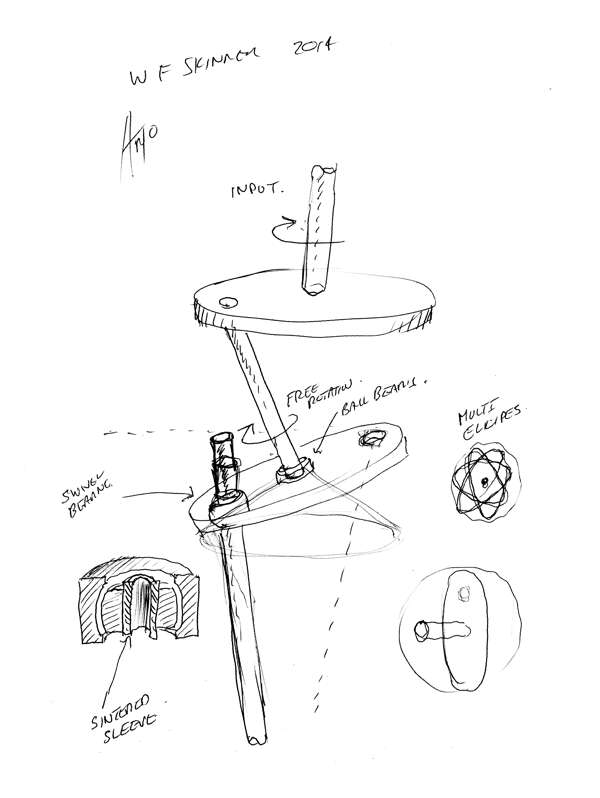Originally posted by eltimple
View Post
What mechanism are you using for the input to the lever attached to the gimbal?



Leave a comment: